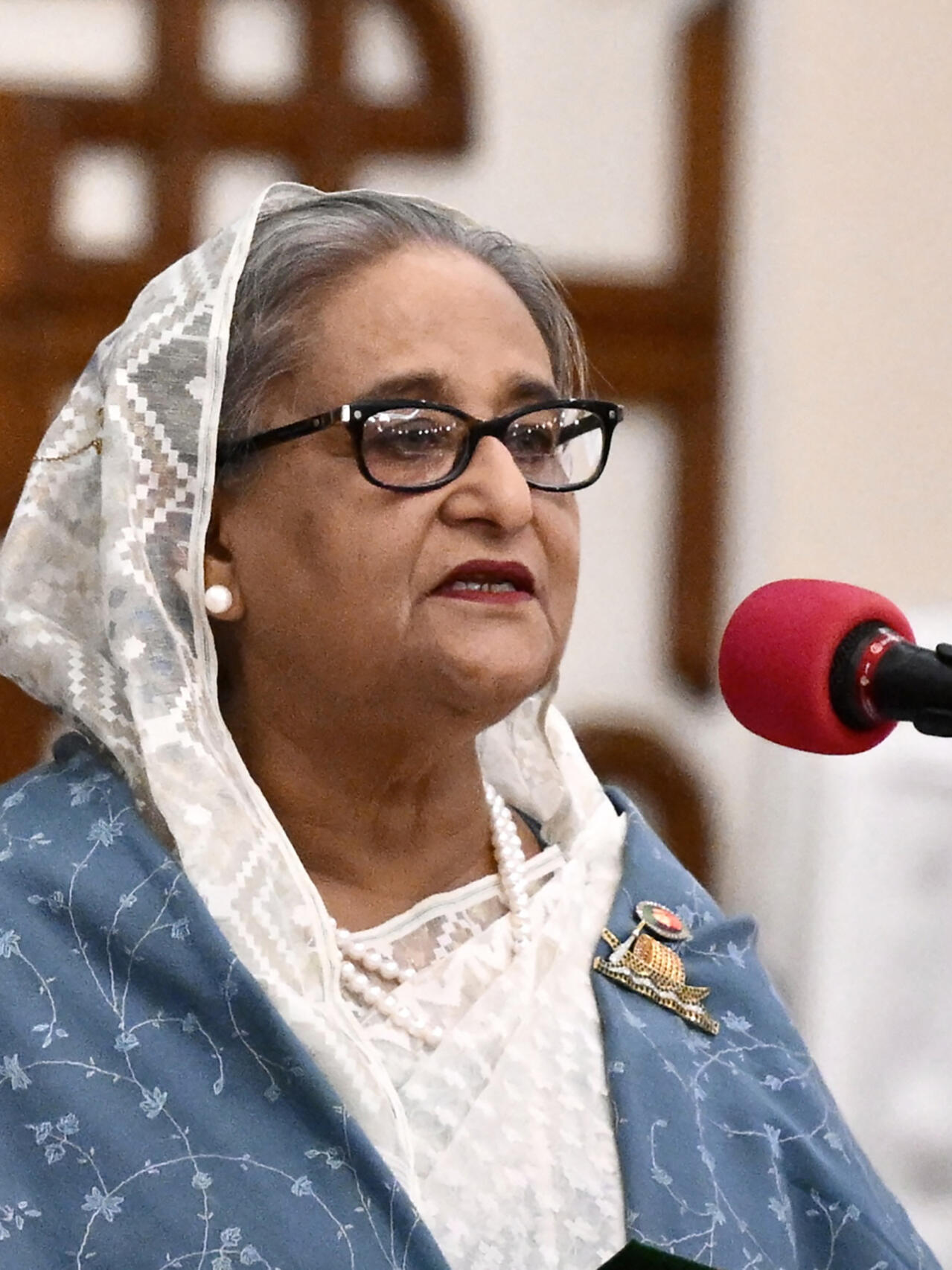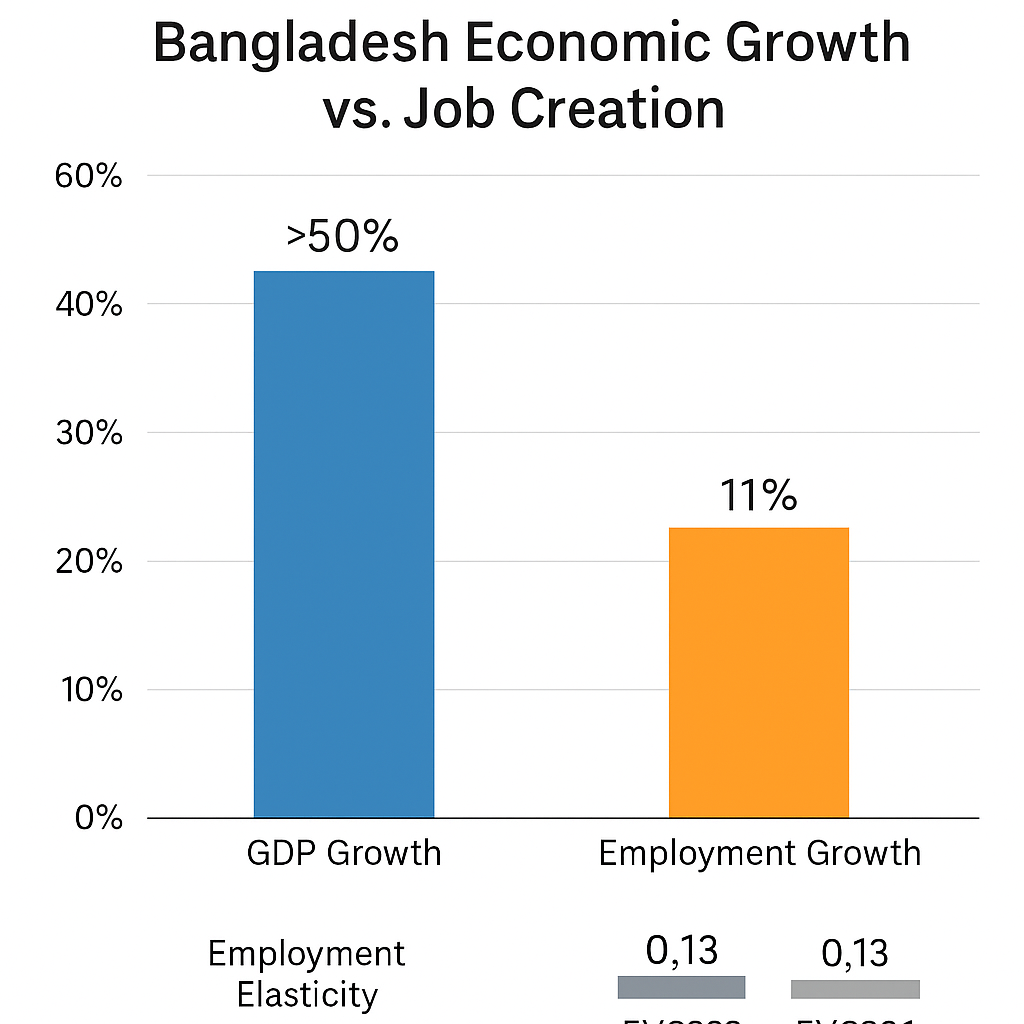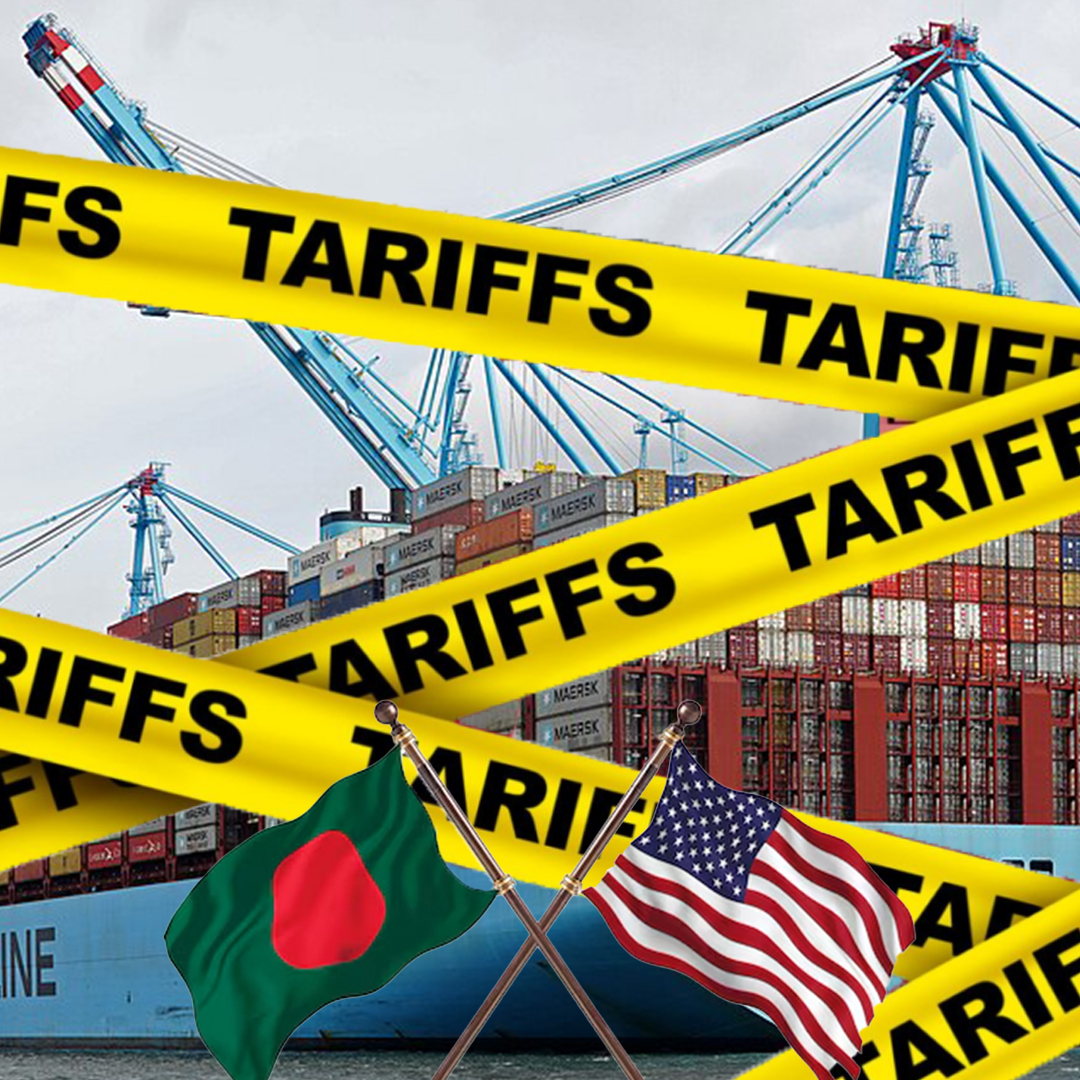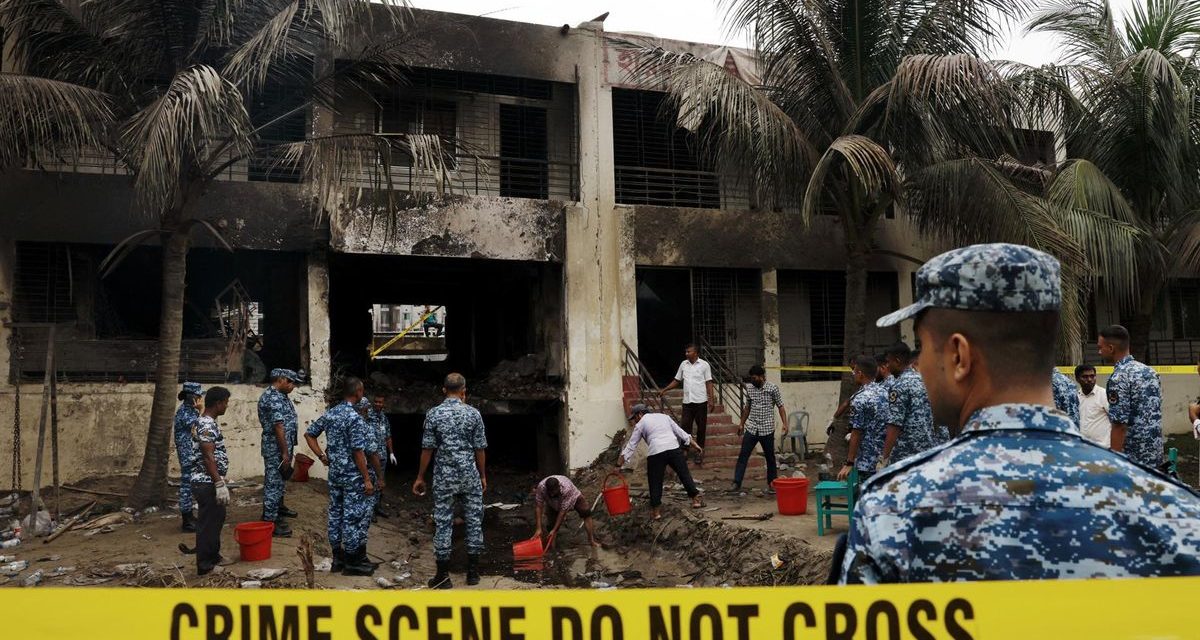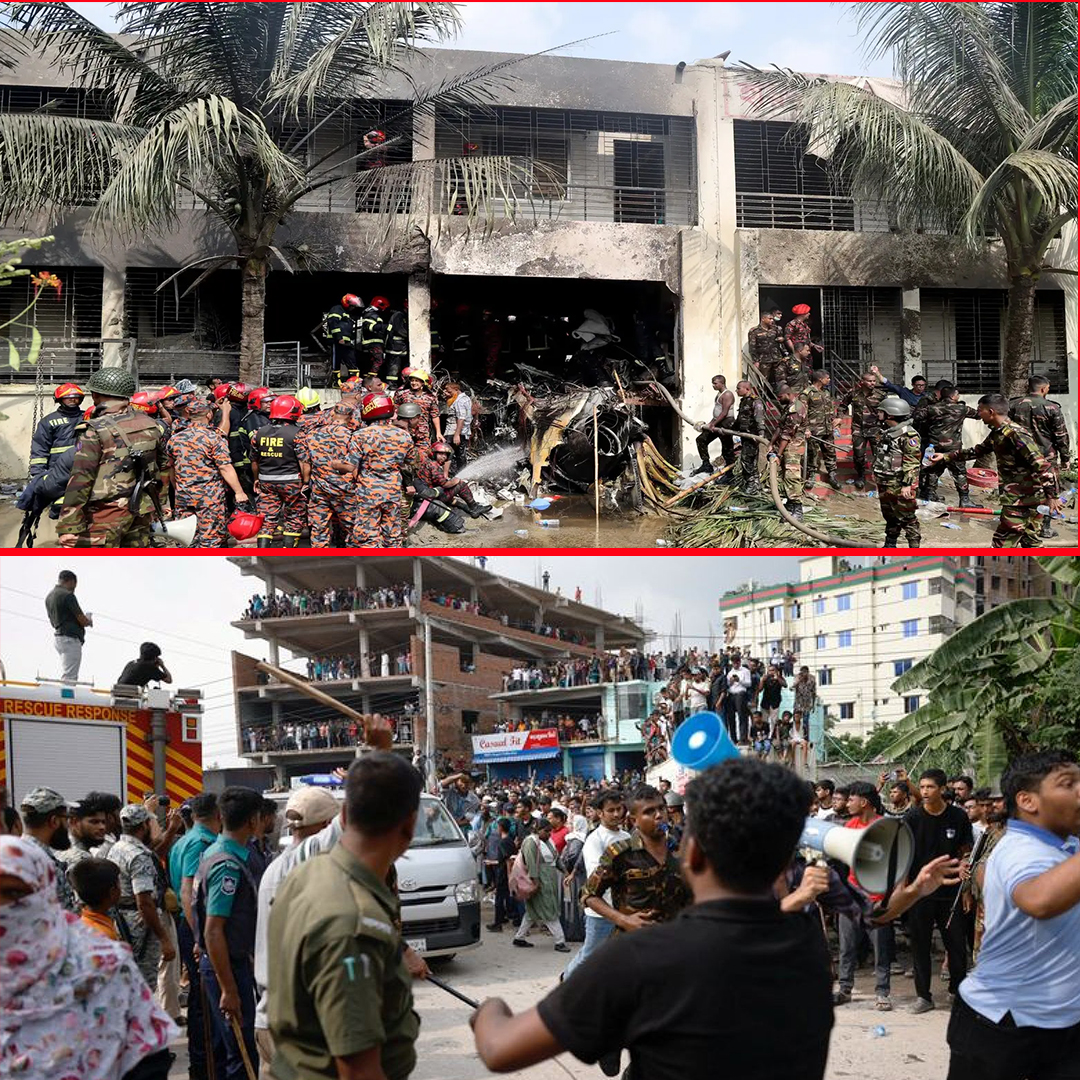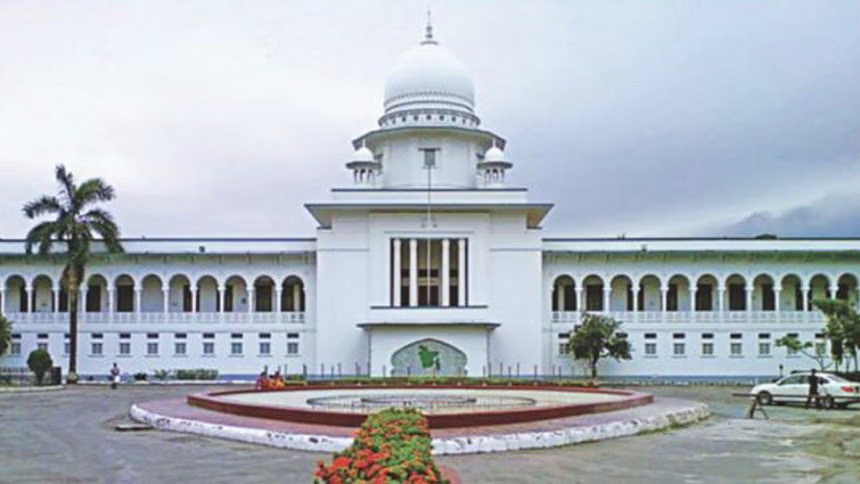
Deadly strike on Soroka Medical Center injures 71 amid growing civilian toll; over 600 killed in Iran, while global powers push for urgent de-escalation and renewed nuclear diplomacy
Soroka Medical Center, the main hospital for roughly one million residents in Israel’s Negev region, suffered significant structural damage. Three wings were affected, forcing a partial evacuation of critical patients and the rerouting of ambulances to smaller clinics. Doctors Without Borders and the Israeli Red Cross deployed mobile field units to assist, but shortages of blood supplies, trauma surgeons, and nursing staff quickly emerged. Local schools and community centers became makeshift wards to handle overflow.
Iranian state outlets claimed the missile was aimed at nearby Israeli Defense Forces command posts and intelligence facilities, not at a civilian hospital. Israel’s government rejected this narrative, condemning the strike as a deliberate attack on medical infrastructure. Prime Minister Benjamin Netanyahu vowed to continue Israel’s campaign of airstrikes on Iranian nuclear facilities until Tehran abandons its uranium‑enrichment program. In response, Iran’s Supreme Leader Ayatollah Ali Khamenei denounced the attacks as “war crimes” and warned that any U.S. involvement would expand the conflict across the Middle East.
By 20 June, Iran reported approximately 639 deaths among military personnel, scientists, and support staff at its nuclear and missile research sites in Natanz, Isfahan, and near Tehran. Meanwhile, Israel confirmed at least 24 civilian deaths and more than 270 injuries from Iranian missile and drone strikes in Beersheba, Bat Yam, Tel Aviv, and surrounding suburbs. Residential buildings, power plants, and water treatment facilities sustained damage, prompting mass evacuations and disruptions to essential services.
International leaders have called for an immediate ceasefire to stem civilian casualties. UK, French, and German foreign ministers met in Geneva on 20 June to push for diplomatic talks aimed at de‑escalation and the resumption of nuclear negotiations. The United States indicated it is weighing options ranging from enhanced air‑defense support for Israel to new sanctions on Iran, with a decision expected within days. Russia and China issued public statements urging restraint on both sides but stopped short of assigning blame for the hospital strike.
Humanitarian organizations warn that the crisis could deepen if hostilities continue. Over 50,000 residents in southern Israel have temporarily relocated to safer areas, sheltering with relatives or in community centers. In Gaza and Lebanon, stray rockets and artillery fire have damaged schools and clinics, displacing hundreds more. Aid agencies caution that cuts to power and water, combined with damaged roads, will hamper relief efforts for weeks.
Regional security experts highlight the risk of further escalation, noting that Lebanon’s Hezbollah has already exchanged fire with Israeli forces along the northern border. There is growing concern that Iran could threaten to close the Strait of Hormuz—a vital chokepoint for global oil shipments—as a form of economic retaliation. Such a move could send energy prices soaring and draw additional states into the conflict.
For now, civilians remain trapped under the threat of missile attacks and air raids. Hospitals like Soroka Medical Center—intended as sanctuaries—have become frontline targets, and everyday life is upended by displacement, power outages, and fear. Observers agree that only a diplomatic breakthrough can prevent this exchange of airstrikes from igniting a full‑scale regional war. Until then, residents in Beersheba and beyond will wait uneasily for the day when sirens no longer signal danger and the Middle East finds a path back to peace


